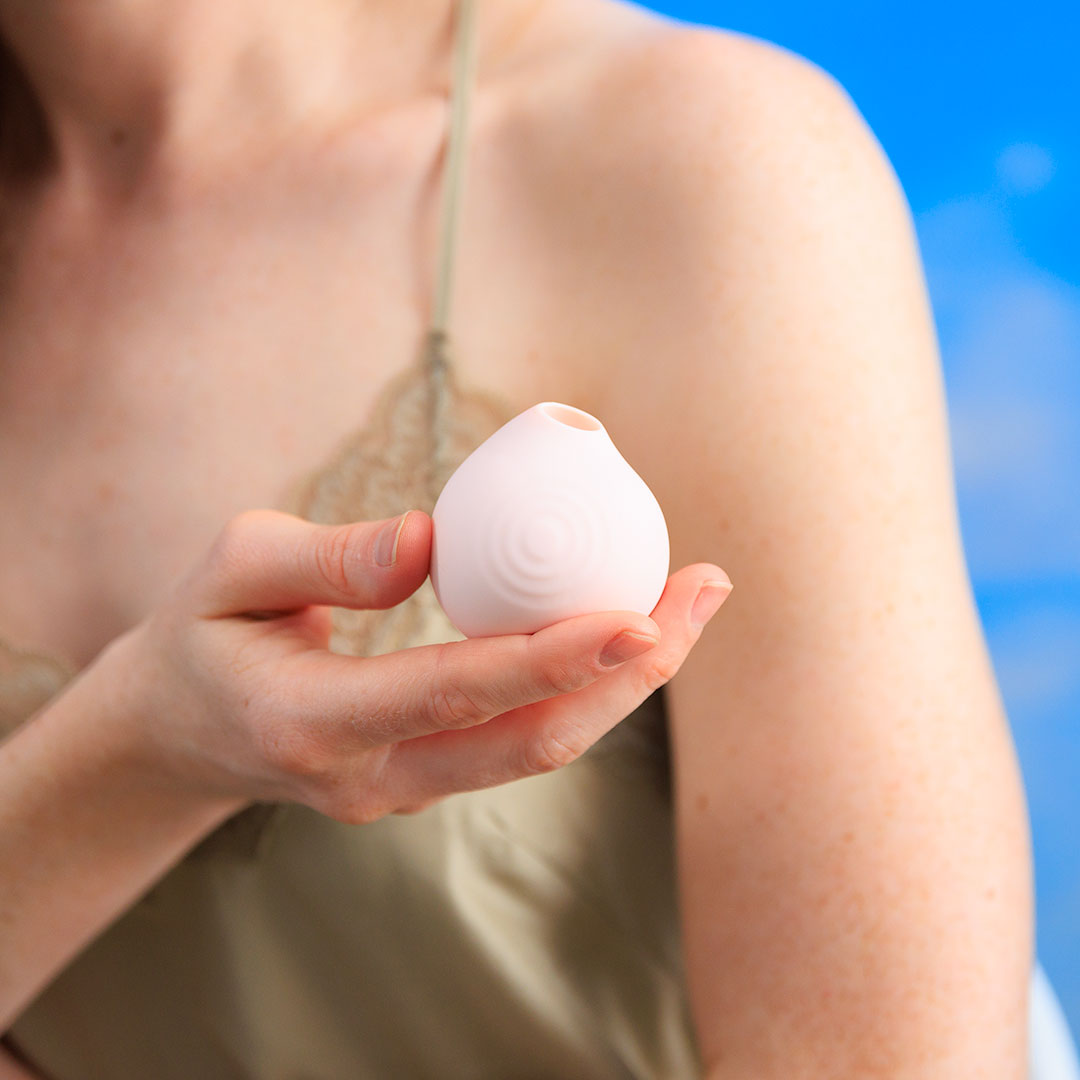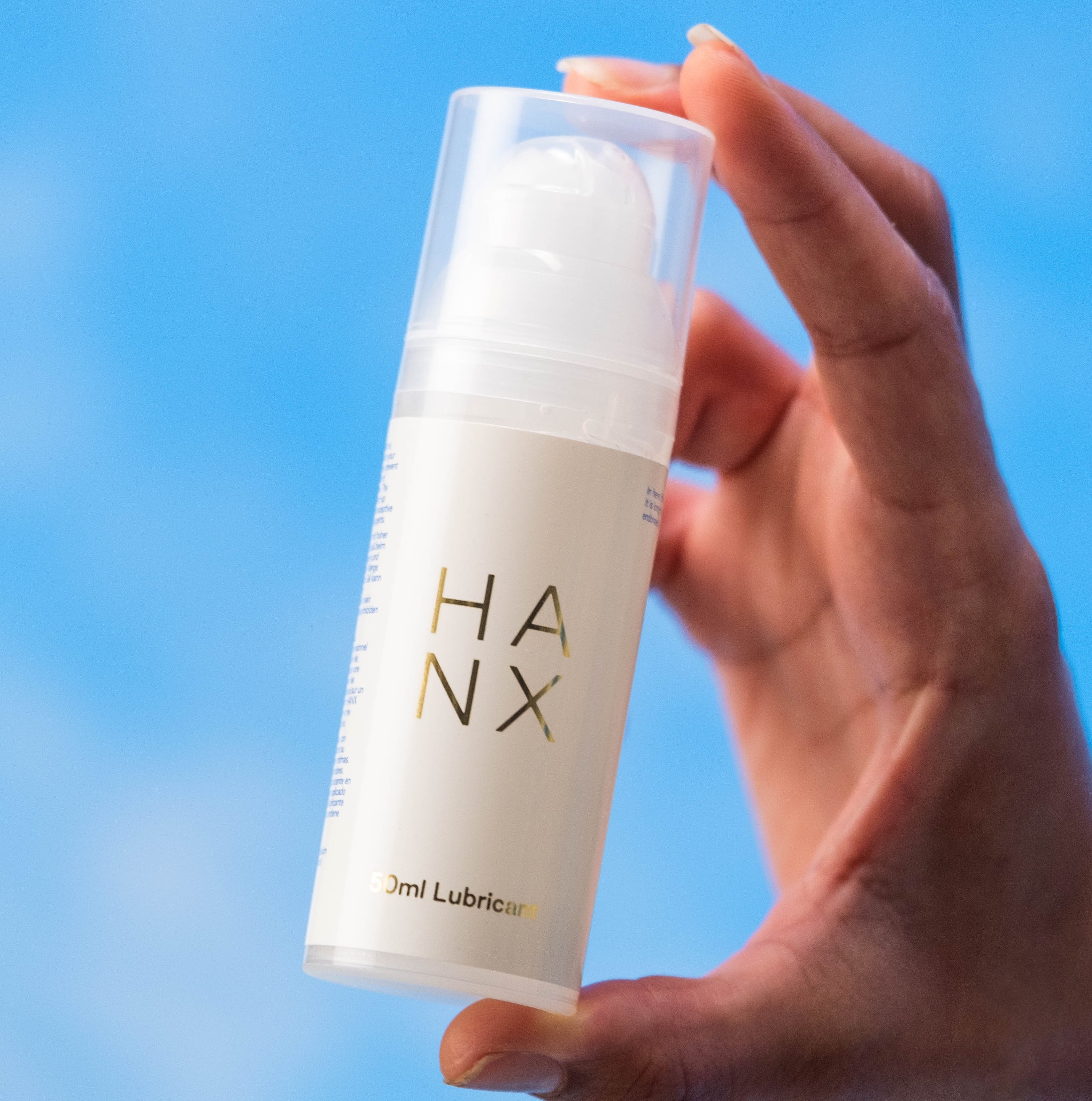A Timeline of Ancient Contraception: They Put What, Where?!
In a world before the contraceptive pill and condoms, what were people doing to prevent pregnancies? Spoiler alert: our ancestors got pretty damn creative (and downright bizarre) when it came to birth control! If you lived back then, your options for birth control would be, shall we say, quite a bit different from what we have access to today. Gone are the days of the trusty birth control pill, IUDs, or even condoms. Instead, you might find yourself shoving all sorts of bizarre concoctions into your lady parts, or choking down mysterious herbal brews, all in the hopes of avoiding an unwanted pregnancy.
Ancient Egypt

One of the most well-documented ancient Egyptian birth control methods involved creating a sort of primitive vaginal plug from a rather unappetizing mixture - crocodile dung, honey, and various plant fibers (sounds like a UTI waiting to happen). The Egyptians were stuffing this concoction up there in the hopes of blocking sperm from meeting an egg. While it's doubtful this method was very effective, it demonstrates the lengths women were willing to go to control their fertility, even thousands of years ago. The ancient Egyptians also experimented with other barrier methods, like inserting pieces of softened wool or other natural materials into the vagina. They weren't afraid to try some more unusual approaches, either, like consuming a brew made from the acacia plant, which was thought to have contraceptive properties. They weren’t totally off base - this plant has recently been found to have spermicidal qualities and is still used in contraceptive jellies today. Overall, the Egyptians were certainly an inventive bunch when it came to birth control, even if their techniques would make most modern women cringe.
Ancient Greece and Rome

Forget how much time you spend thinking about the Roman Empire, how about how much time The Roman Empire spent thinking about sex? The Greeks and Romans leaned towards barrier methods to prevent pregnancy, with wealthy women reportedly sometimes inserting specialised "pessaries" - early versions of diaphragms made from softened wool or other pliable natural materials. These would be placed inside the vagina, creating a physical barrier to sperm. The Greeks and Romans also experimented with douching (squeezing or flushing water or solutions into the vagina) as a contraceptive technique, using solutions of vinegar or other acidic substances in the hopes of killing or immobilising sperm. Side note: we’d give our ancient sisters the same advice as our contemporary ones - douching can disturb and unbalance the natural vaginal flora (aka good bacteria) that keep things healthy.
Just like the Egyptians, they also turned to certain plant-based concoctions, consuming herbs and extracts thought to have contraceptive effects. In fact, one plant in particular, called silphium, was so prized for its purported ability to prevent pregnancy that it was over-harvested to the point of extinction. In a study on rats, Silphium was nearly 100% effective in preventing pregnancies, with barely any side effects - damn those horny Romans.
Asia

Turning our attention to the East, we find that traditional Chinese and Indian medicine also incorporated various contraceptive techniques throughout history. In these ancient Asian cultures, the focus tended to be on herbal remedies and concoctions rather than physical barrier methods. Chinese women, for example, were known to consume certain herbs and plant extracts that were believed to have pregnancy-preventing properties.
Similarly, traditional Indian Ayurvedic practitioners developed a range of oral contraceptive recipes, using a blend of herbs, minerals, and other natural ingredients. Some of these ancient Asian birth control methods incorporated more unusual substances, like mercury and lead, which we now know to be incredibly dangerous.
Medieval Europe

As we move forward in time to the medieval period in Europe, we find that birth control options remain quite limited and primitive compared to today's standards. During this era, the Catholic Church held a firm grip on social and moral norms, which severely constrained open discussion or development of contraceptive techniques. That said, some medieval women did attempt to find ways to avoid pregnancy, often relying on age-old folk remedies and superstitions. One common method involved inserting pessaries made of wool, animal horn, or other natural materials into the vagina, in a similar fashion to ancient Greek and Roman practices.
Women also experimented with douching solutions, using substances like mercury or lead, which were believed to have spermicidal properties (super dangerous, don’t even think about it!). Herbal abortifacients, such as pennyroyal and mugwort, were sometimes consumed, though these were often dangerous and unreliable. Overall, the options for medieval European women seeking to control their fertility were extremely limited, and those who did so risked severe social and religious condemnation. The influence of the Church kept contraception (and pleasure!) largely in the shadows during this historical period.
The earliest known descriptions of condom-like barriers come from the 15th and 16th centuries. Some historical accounts mention the use of sheaths made from animal membranes, such as from sheep or goats, as a way to prevent the transmission of syphilis, which was becoming more widespread at the time. Nope, not the sexiest of materials - we reckon they would have gone mad for vegan condoms back then! These primitive condoms were likely also used by some as a crude form of birth control, though their effectiveness was quite limited.
Modern Day Contraception

Fast forward to the 19th and 20th Century, condoms were initially manufactured using vulcanized rubber. Yes, the same rubber that car tyres are made out of - talk about friction burn… Incredibly, this innovation actually helped condoms become more widely available, affordable, and reliable. The first oral contraceptive pill was developed in the 1950s and approved for use in the United States in 1960. The "birth control pill" or "the pill" represented a major breakthrough in contraceptive technology, as it provided women with a discreet, reliable, and reversible method of preventing pregnancy.
Today, people around the world have access to a wide array of reliable, scientifically-proven contraceptive options. Oral contraceptives remain one of the most popular and well-known forms of birth control, but the modern contraceptive toolkit extends far beyond just the pill, encompassing intrauterine devices (IUDs), implants, patches, rings, injections, and of course, good old condoms. These methods are not only highly effective at preventing pregnancy, but they also give people unprecedented control over if, when, and how they want to have children. No more choking down mysterious herbal brews or jamming croc dung into the vagina - modern contraception is discreet, convenient, and grounded in rigorous medical research.
Want more?
- Try our all-natural, ultra-thin vegan condoms. The only contraception guaranteed to protect you from pregnancy and STIs.
- Why wait till the morning after? Emergency contraception delivered swiftly and discreetly to your door.
- Love learning about the history of sex? Check out our blog on ancient sex toys.






















